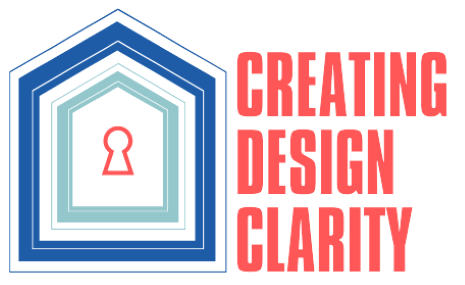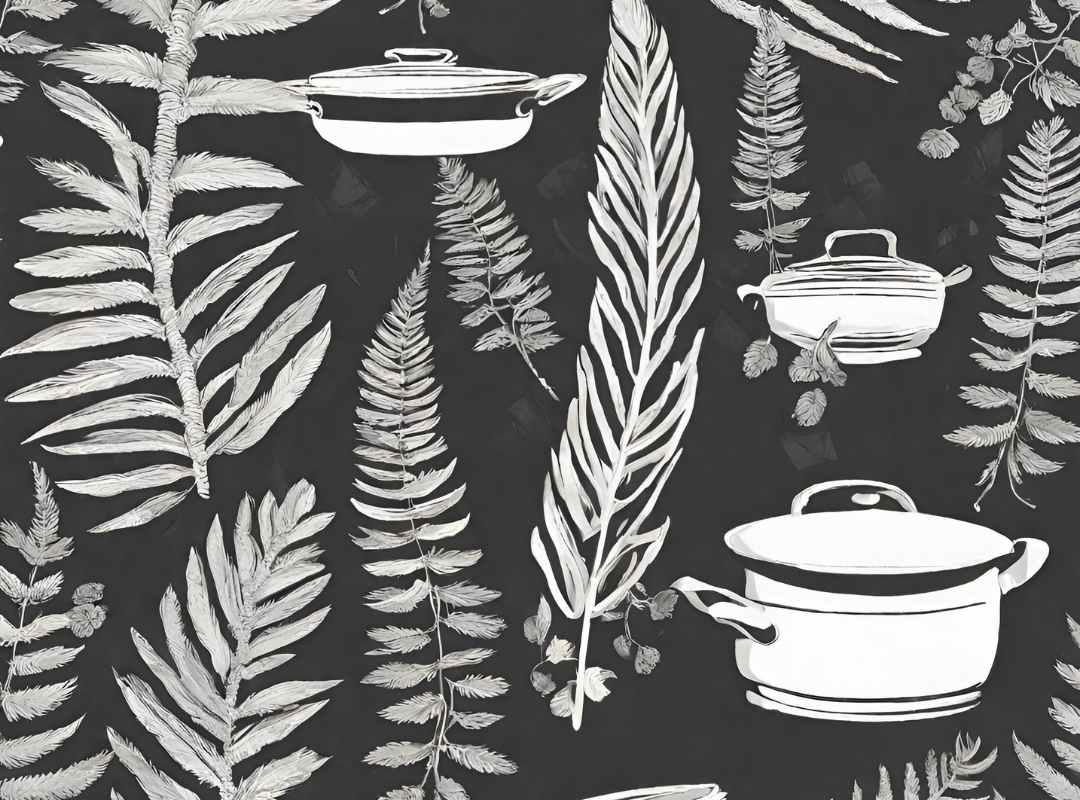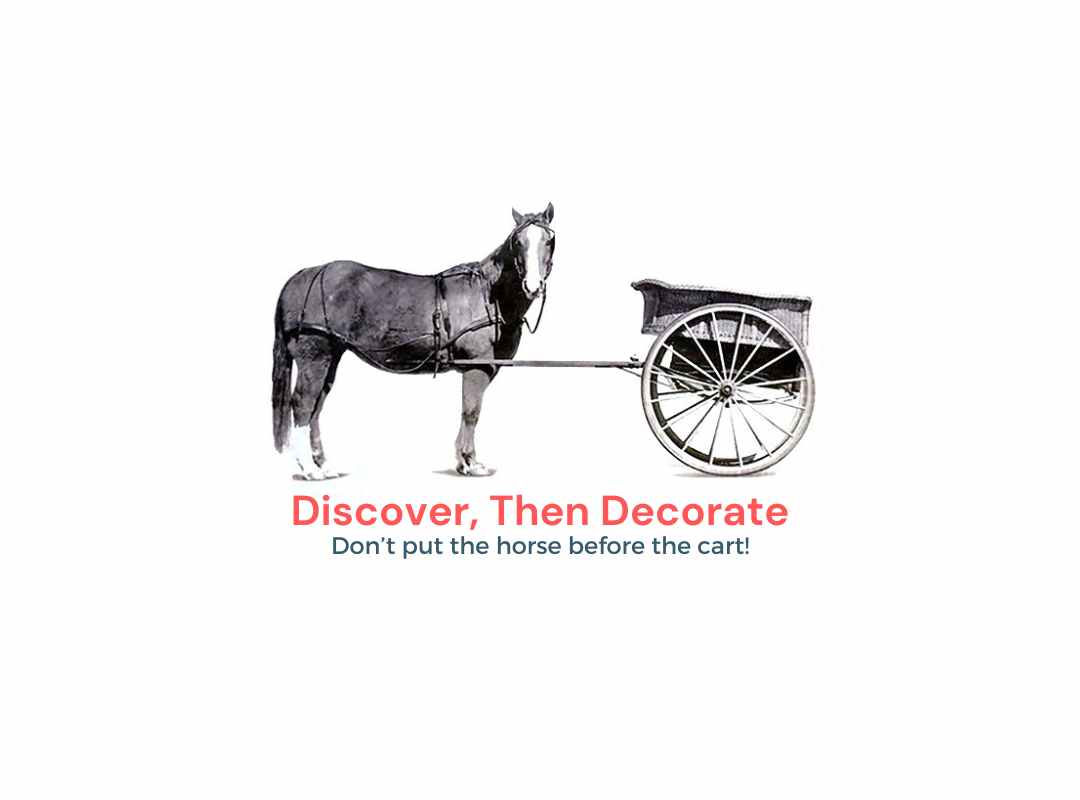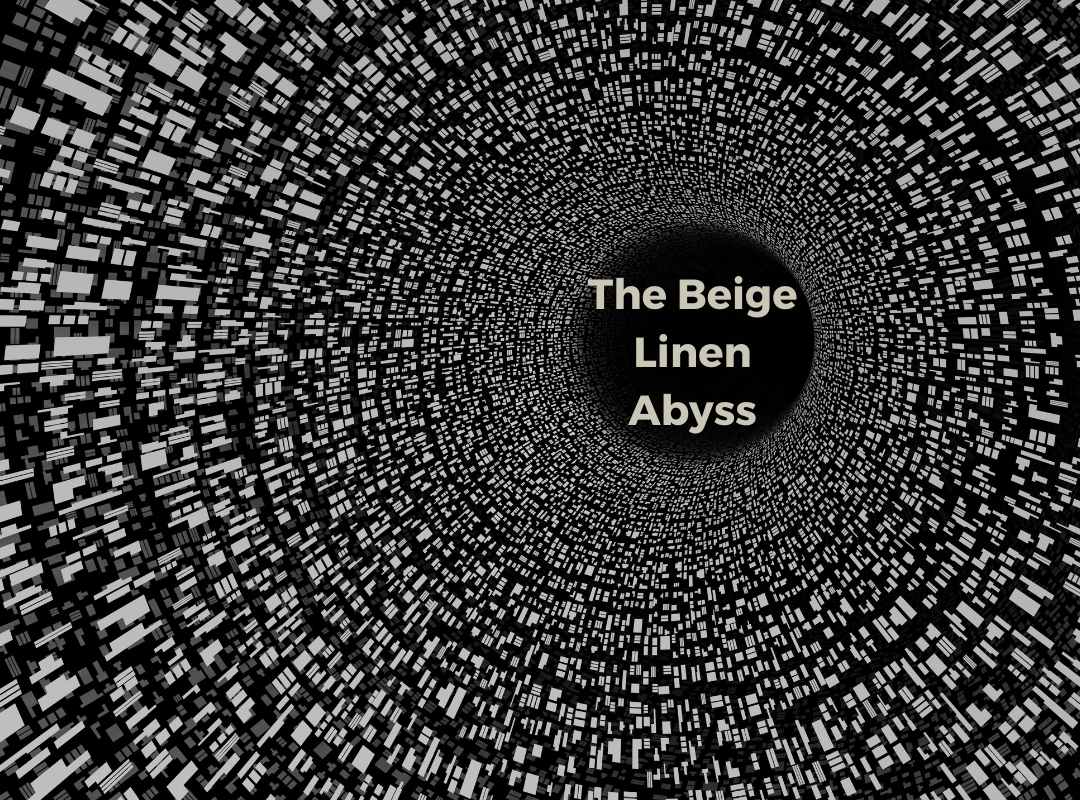The Pragmatic Approach to Residential Interior Design
Unveiling the Complex Connection Between Design and Human Psychology
Hello, fellow design professional!
As professionals in the world of home interior design, we understand the significance of creating spaces that resonate with our clients. Each project we take on is a canvas, a unique opportunity to transform a house into a home, to turn a mere structure into a sanctuary.
Yet, in the quest to blend aesthetics, functionality, and style seamlessly, many of us recognize that there is another dimension to consider – human psychology.
Challenges in the Design Landscape
Survey Findings: The Designer’s Dilemma
The intricacies of human behaviour are multifaceted, often defying easy categorisation. As we work on residential projects, we encounter clients whose preferences are influenced by a myriad of factors, including emotions, social dynamics, and even subconscious cues. These variables, sometimes veiled in the intricacies of personal histories and individual experiences, remain difficult to fathom through traditional design processes.
Our recent survey of homemakers [1] and a survey of residential interior designers [2] underscored these challenges.
The homemakers expressed a desire for a more in-depth exploration of their design preferences, with a notable 42.3% expressing dissatisfaction with the project. Only 24.6% loved the finished project.
Their most frequently cited remark was, “There is something just not quite right with the overall look and feel.”
Their second most common comment was, “I wish I had taken the time to understand my design and colour preferences before commencing the project.”
It’s important to emphasize that their dissatisfaction did not stem from the quality of the work or the standard of tradespeople or designers involved; these issues are represented by separate statistics. Instead, their primary concern was with the aesthetics and ambience of the space.
The design professionals, who are no strangers to the craft of interior design, candidly admitted to the complexities they face when trying to decipher their clients’ true desires. They expressed a clear need to gain a deeper understanding of the intricacies of human behaviour.
The Quest for Deeper Knowledge
The Need for Comprehensive Human Behavior Insight
It’s important to recognize that interior designers play a pivotal role in shaping the identity of a home. We understand the significance of a space that reflects not only our clients’ physical needs but also their emotional and social requirements. However, the dilemma lies in how to bridge the gap between our extensive design expertise and this intricate web of human psychology.
Furthermore, the survey indicated that there’s an urgency to supplement our education as interior designers. While our formal education teaches us the fundamental principles of design and technical skills, it often falls short when it comes to unravelling the mysteries of human behaviour. The gap between the theoretical knowledge we acquire and the practical understanding needed to interpret our clients’ unspoken desires poses a substantial challenge.
The Practical Dilemma
Pitfalls of Psychology Expertise and Psychoanalysis
This is where the practical dilemma emerges. Should we, as interior designers, invest significant time and resources in acquiring an in-depth understanding of human psychology, a process that might require years of study or even a degree in psychology? The investment in such a degree is not only time-consuming but can be cost-prohibitive for many of us.
Moreover, we face another predicament: the process of psychoanalysing our clients.
The survey findings highlight that a comprehensive analysis of a client’s psychological profile can be a complex, time-consuming, and often costly endeavour. It involves numerous interactions, extensive questionnaires, and potentially hours of face-to-face psychoanalysis.
The responsibility to accurately interpret the results of such psychoanalysis is also a critical concern. A misinterpretation could lead to designs that do not align with the client’s actual needs or desires. The consequences of such misunderstandings could result in costly reworks or, even worse, dissatisfied clients.
The Solution at Hand
Creating Design Clarity’s “Your Unique Home Design Personality” Course
In light of these challenges, there is a pragmatic and efficient solution at hand. Creating Design Clarity’s “Your Unique Home Design Personality” course offers a proven programme to address these obstacles comprehensively and with precision.
By encouraging our clients to enroll in this course, we empower them to provide us with a concise, comprehensive description of their unique design style. The course enables clients to reflect on their preferences, choices, and personal identity – the essential components that shape their design DNA. In doing so, they articulate their design style with clarity and precision.
The Advantage of a Streamlined Approach
Empowering Design Professionals
The advantages of this approach are manifold. By receiving a clear and detailed overview of the client’s design DNA, interior designers can confidently embark on the design process. This approach ensures that our creative and design flair can be put to use without the ambiguity often associated with interpreting human psychology.
What’s more, by partnering with Creating Design Clarity, interior designers can have the peace of mind that their design decisions are aligned with their clients’ genuine needs and desires. This symbiotic collaboration ensures that the end result will unequivocally match the client’s expectations.
A Holistic Approach to Interior Design
The Future of Residential Design
In conclusion, the interior design industry has evolved; our clients are spending more time in their homes, and their expectations of what we can do for them have significantly risen, as have the expectations placed on our shoulders.
While human psychology plays a vital role in design, we must not lose sight of our core strengths in creativity and design flair. By embracing practical solutions such as “Your Unique Home Design Personality,” we can navigate the complexities of human behaviour and deliver design solutions that are not only aesthetically stunning but deeply reflective of our clients’ true selves at an affordable price.
The survey results are clear – our industry faces a critical need to address the intricate relationship between design and human behaviour.
Creating Design Clarity’s programme offers a streamlined and efficient approach that ensures that as interior designers, we can focus on what we do best: creating spaces that inspire, resonate, and reflect the essence of our clients’ design DNA.
I invite you to learn more about how we can work together without any conflict of interest and show you the benefits for you and your clients here.
————————————
Research:
[1] The state of Renovation, Remodelling, Room Makeover, Home the Industry
[2] A Study on User Responses To Their Residential Interiors






